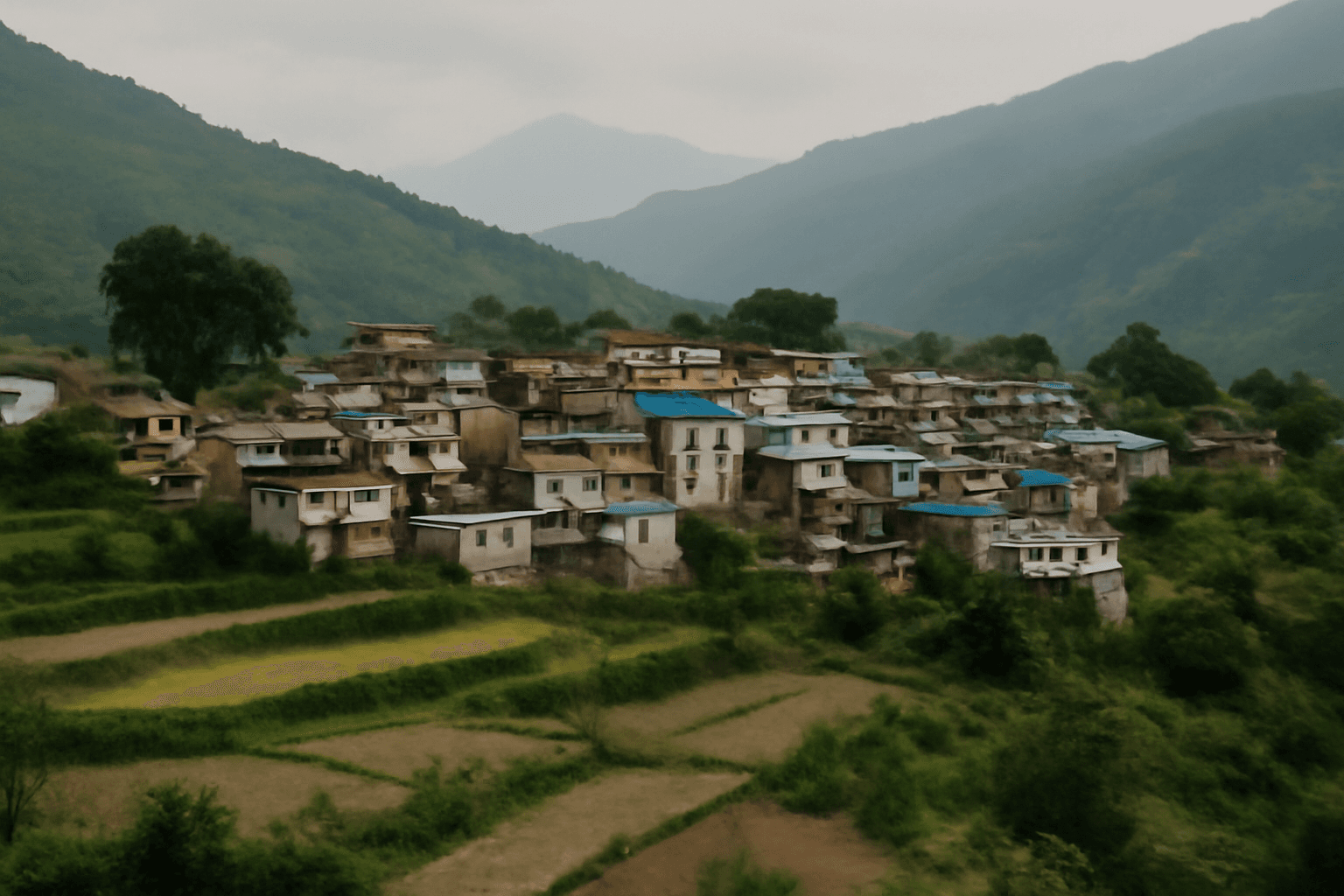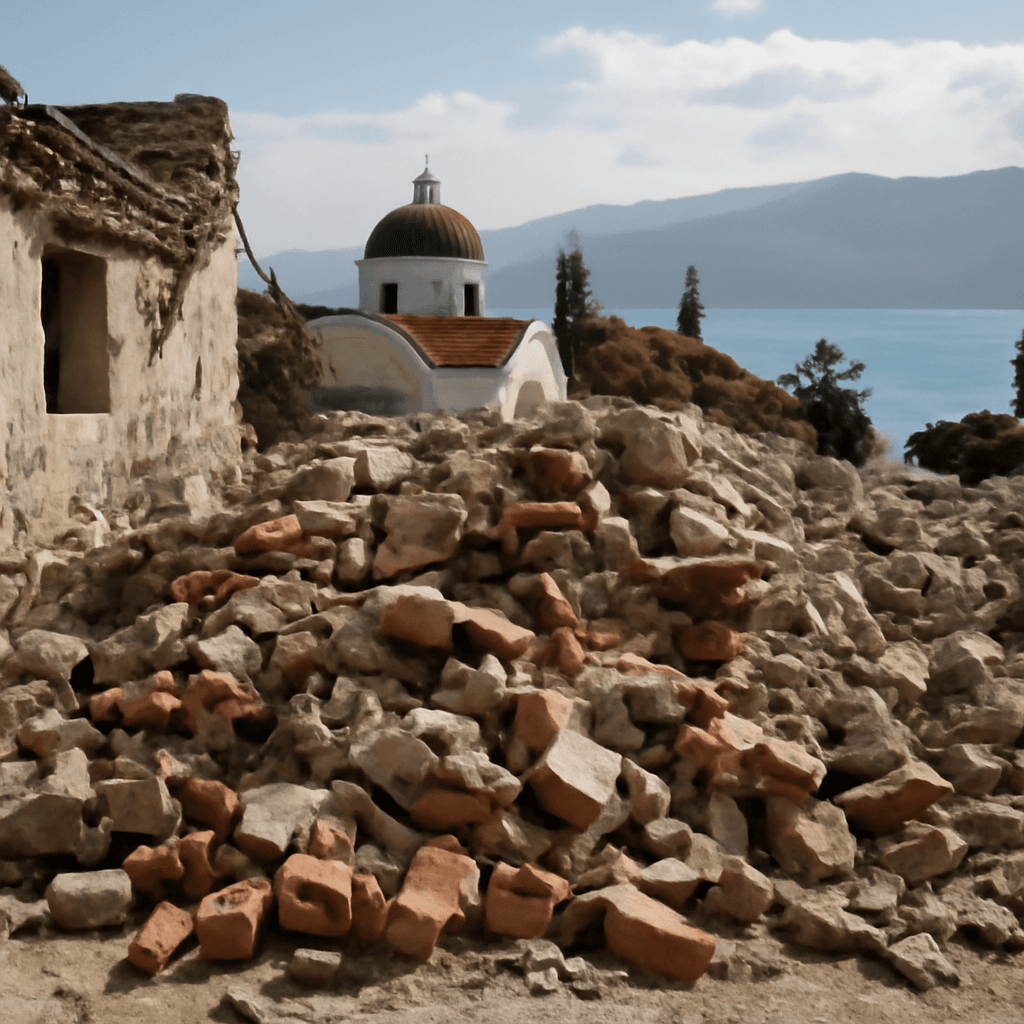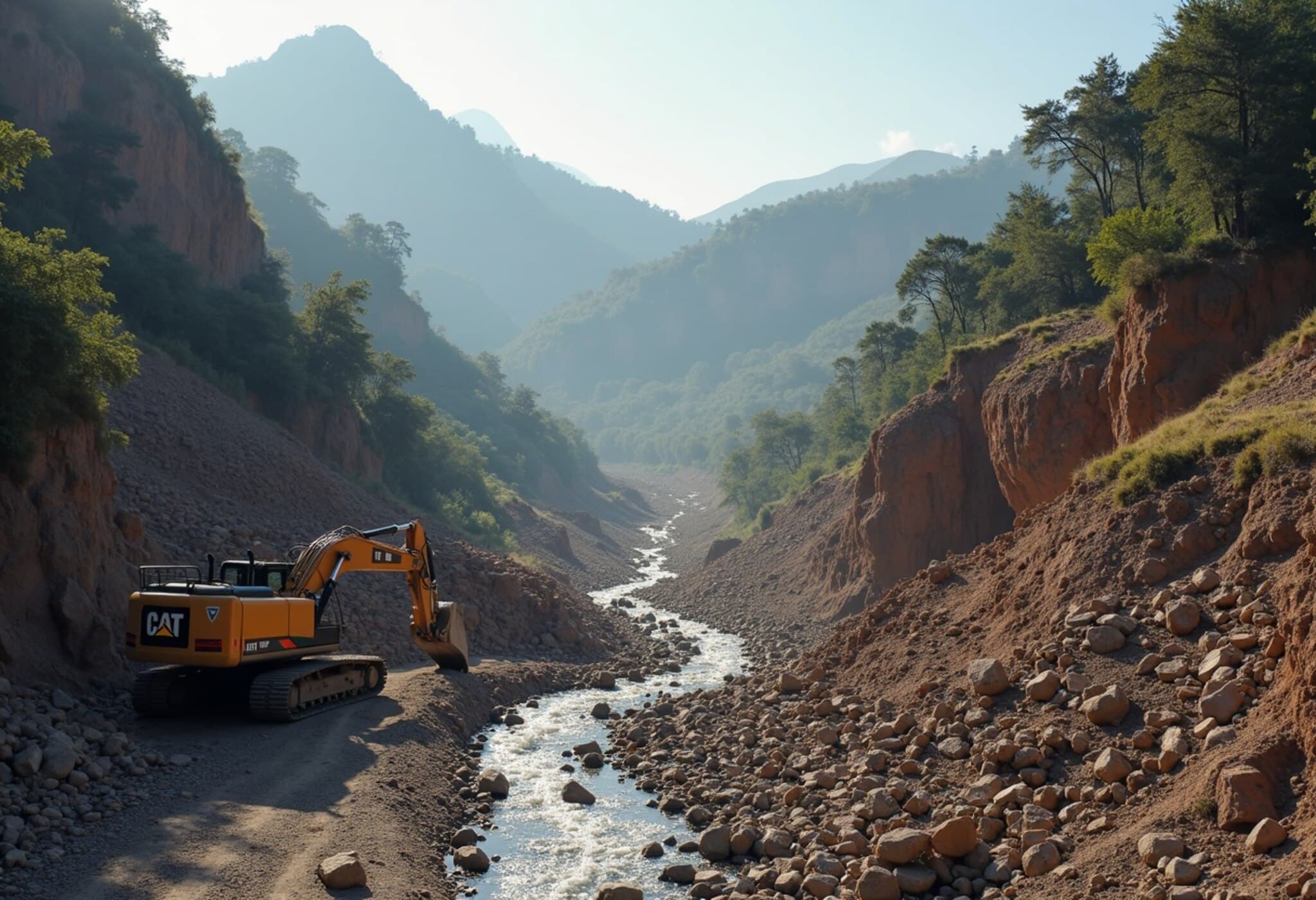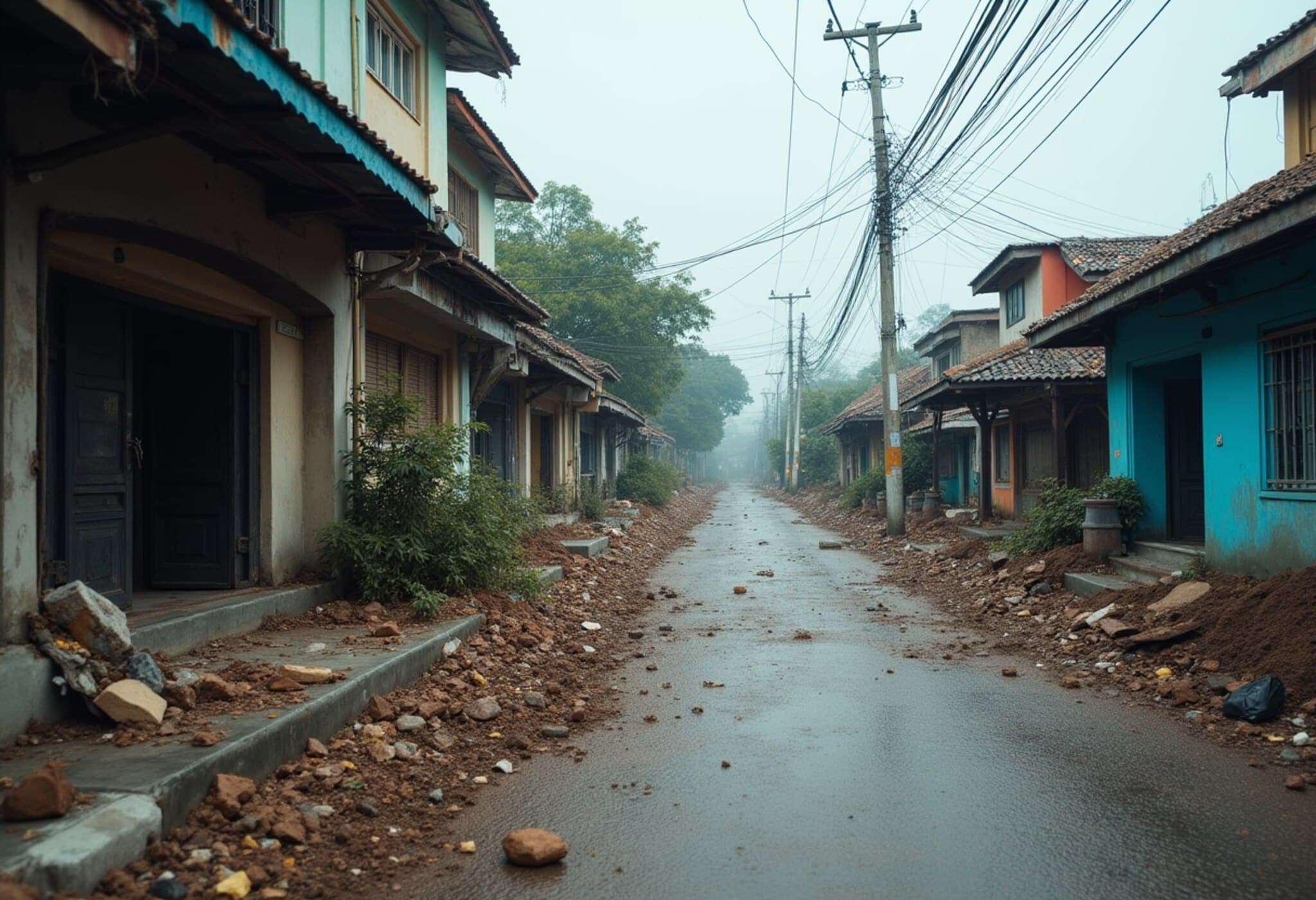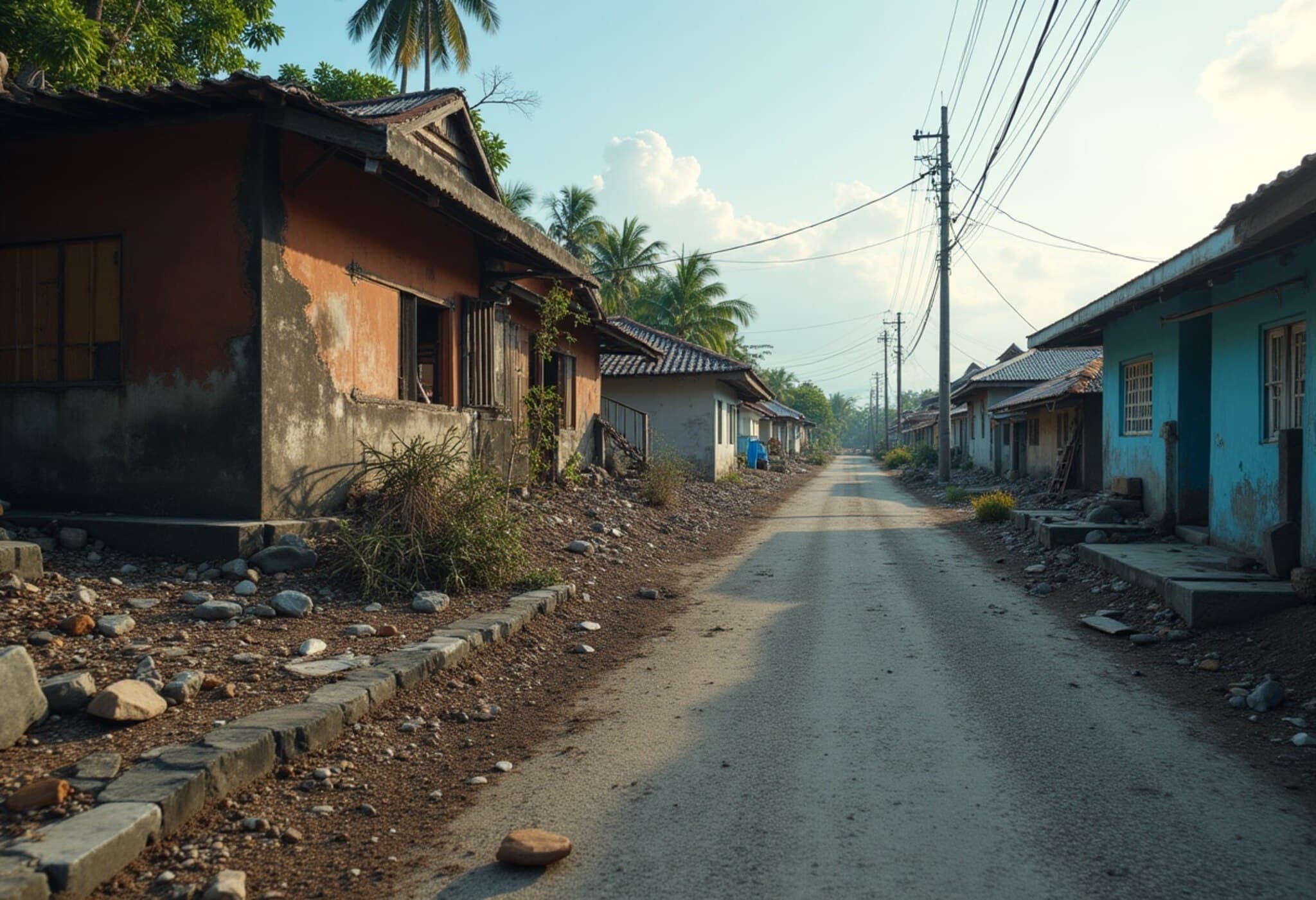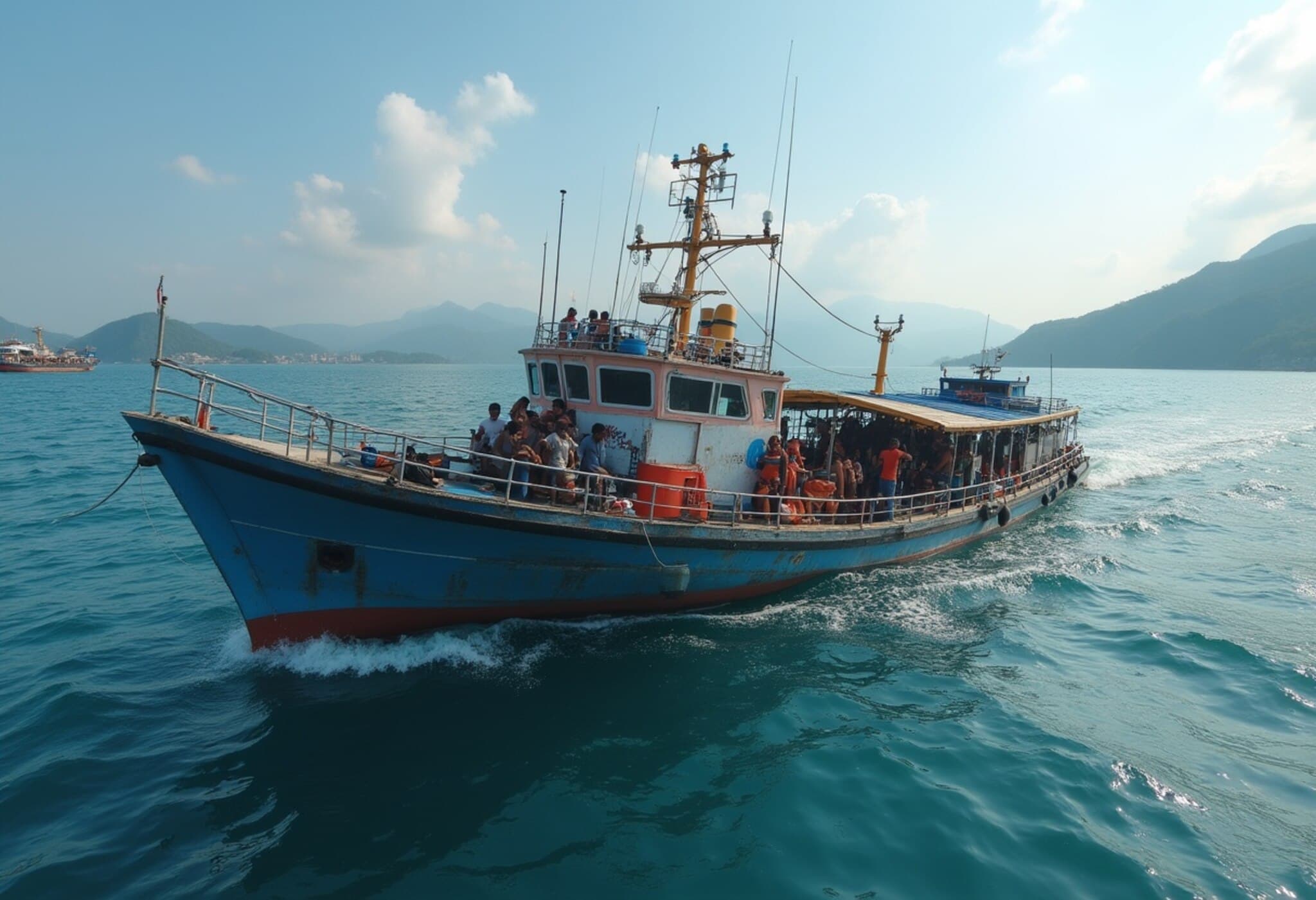Magnitude 6.8 Earthquake Shakes Indonesia’s Tanimbar Islands
On Monday, a strong earthquake measuring 6.8 magnitude rattled the Tanimbar Islands in Indonesia, as reported by the German Research Centre for Geosciences (GFZ). This seismic event, occurring at a depth of approximately 10 kilometers (6.21 miles), was also confirmed by Indonesia’s geophysics agency, which measured the quake at a magnitude of 6.7 with a depth of 98 kilometers (60.89 miles).
Tremors Felt Across Eastern Indonesia, No Tsunami Threat
Residents across several small towns in eastern Indonesia reported feeling the tremors from the quake. Despite the quake’s strength, Indonesia’s disaster mitigation agency quickly reassured the public that there was no potential for a tsunami following the event, and no immediate damage or casualties have been reported.
Indonesia’s Location on the Pacific Ring of Fire
Indonesia lies along the notorious Pacific Ring of Fire, a crescent-shaped zone of frequent seismic activity marked by volcanic eruptions and earthquakes. This region is where multiple tectonic plates converge, leading to regular and sometimes devastating geological events. The latest earthquake underscores the constant geological volatility faced by millions living in this part of the world.
Expert Insight: The Challenge of Earthquake Preparedness in Indonesia
Seismologists emphasize that while Indonesia has made significant strides in early warning systems and disaster response, the unpredictable nature of earthquakes remains a challenge. Experts urge continued investment in resilient infrastructure, public education, and rapid response coordination to mitigate the risk to communities in this highly active seismic zone.
Underreported Dimensions: Economic and Social Impacts
Beyond the immediate physical threat, earthquakes in Indonesia often ripple through local economies, particularly in remote regions like the Tanimbar Islands. Disruptions to fishing, farming, and trade can exacerbate vulnerabilities. Moreover, the psychological impact on residents living under the constant threat of seismic activity is an often overlooked dimension that calls for attention in disaster preparedness planning.
What’s Next?
- Authorities are monitoring aftershocks closely to assess any further risk.
- Local governments and disaster response units remain on high alert to provide immediate aid if needed.
- Experts continue to analyze data from this quake to improve understanding and early warning capabilities.
Editor’s Note
Indonesia’s position on the Pacific Ring of Fire makes seismic events like this inevitable. While technological advancements and swift government action have helped reduce casualties over time, the multifaceted impact of earthquakes — including economic disruption and mental health strains — demands a broader, integrated approach to resilience. For the global community, Indonesia's challenges serve as a critical reminder of the importance of investing in disaster preparedness and sustainable urban planning in vulnerable regions around the world.


